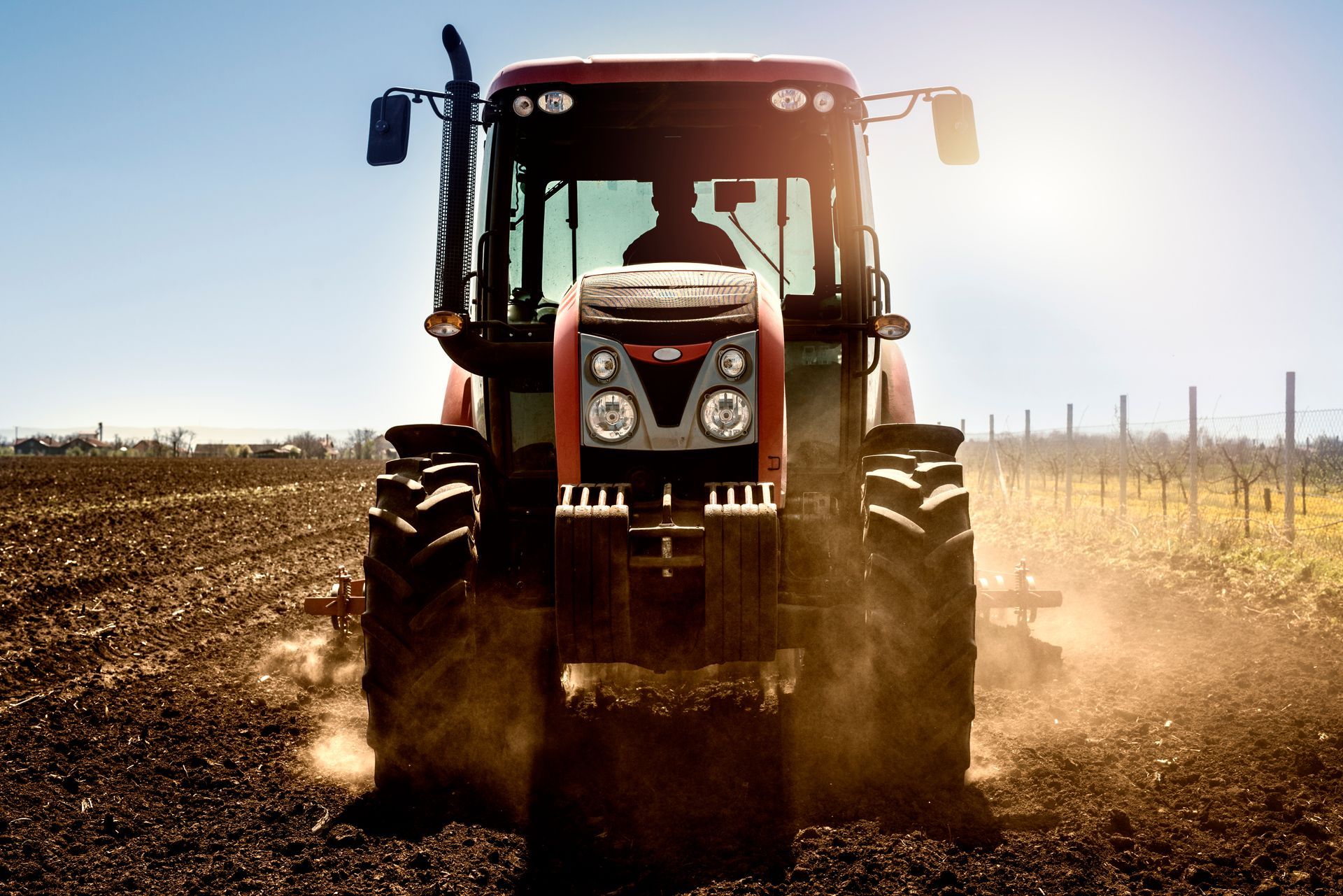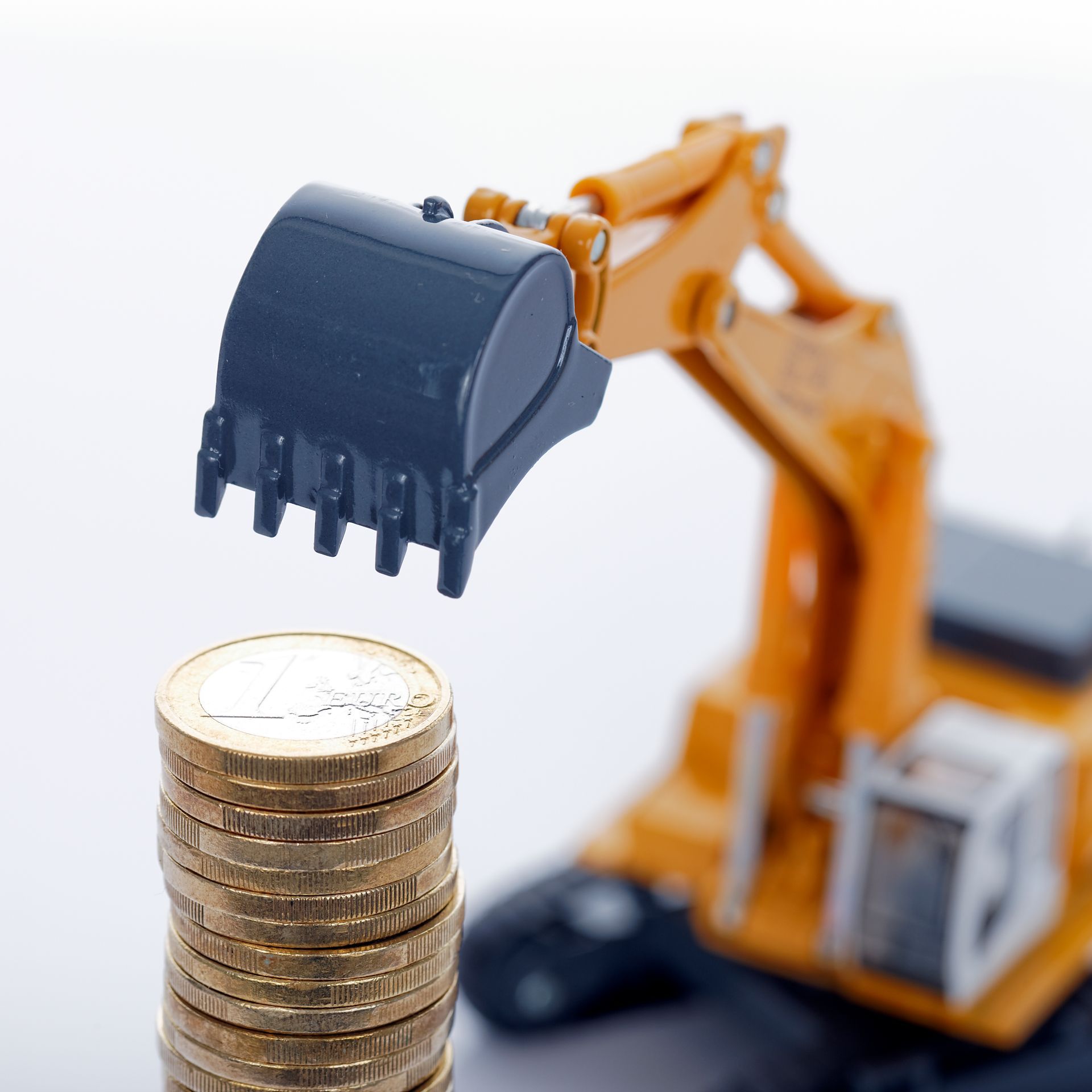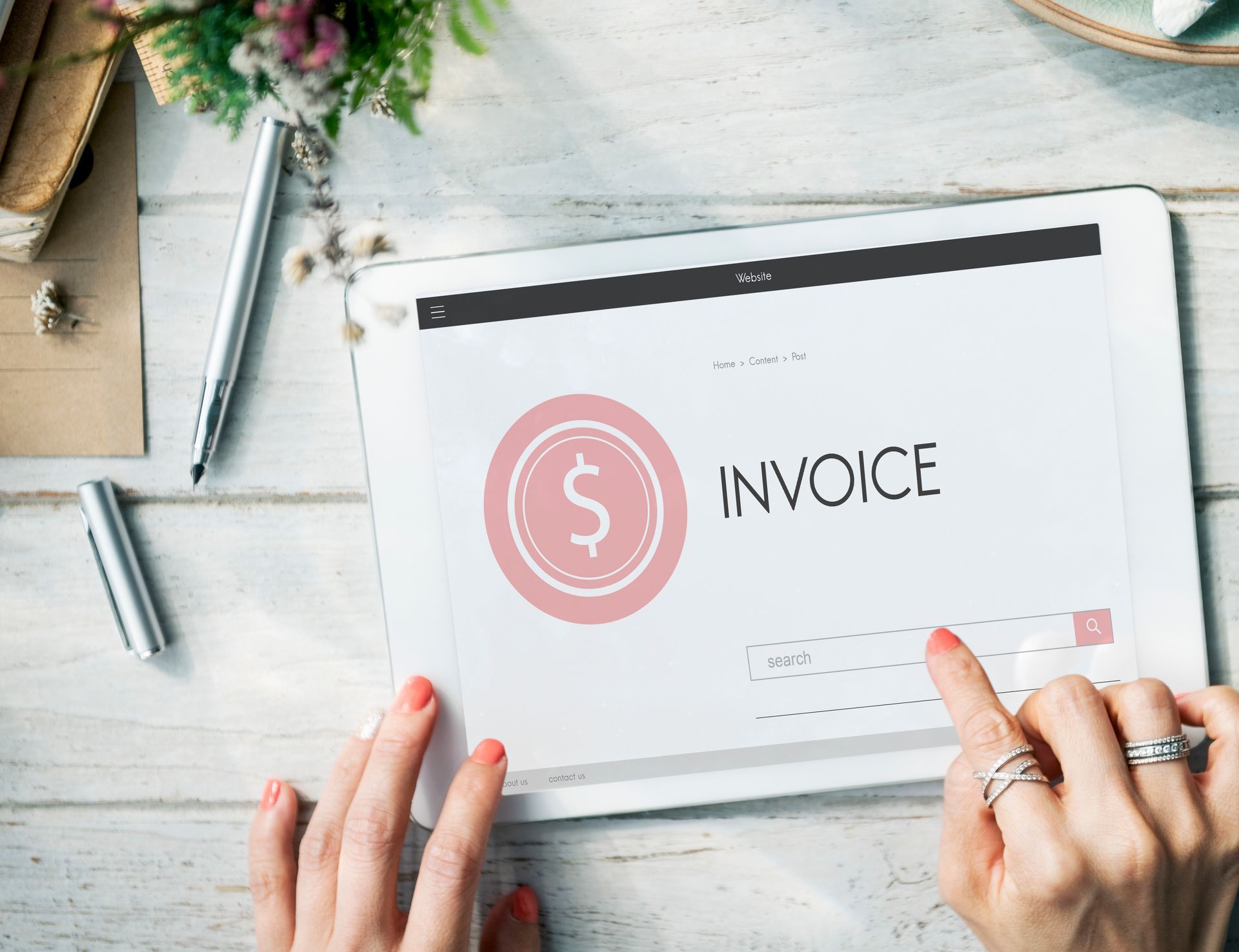Agricultural Equipment Finance: Timing Your Purchase with the Seasons
Securing the right agricultural equipment at the right time can mean the difference between a highly productive season and unnecessary financial strain for Australian farmers. However, the challenges that the agricultural sector face are well known, and financially it can be difficult to organise those equipment purchases in the optimal windows.
Given the seasonal nature of farming, aligning equipment purchases with cash flow, financing options, and tax planning is crucial. Here are some ways that farmers can strategically time their agricultural equipment financing to maximise efficiency and financial benefits.
Understanding Seasonal Cash Flow in Agriculture
Agricultural cash flow is inherently cyclical, influenced by planting and harvesting seasons, commodity prices, and weather patterns. Most farmers experience peak income periods after harvest, while expenses accumulate throughout the growing season. This seasonality makes it essential to plan equipment purchases around cash flow fluctuations.
Key cash flow considerations include:
- Harvest income: Revenue generally peaks after harvest when crops are sold.
- Operational costs: Input costs such as fertilisers, seeds, and fuel often peak ahead of planting seasons.
- Taxation periods: End-of-financial-year (EOFY) tax deductions can influence purchasing decisions.
By understanding these patterns, farmers can time their equipment financing to minimise financial pressure and maximise tax efficiencies.

Choosing the Right Time to Finance Agricultural Equipment
- Post-Harvest Purchasing Many farmers opt to purchase new equipment post-harvest when they have a clearer picture of their financial position. With increased cash reserves, securing finance may be easier, and repayments can be structured around future earnings.
- Pre-Season Upgrades Some equipment investments, such as seeders or irrigation systems, are best made before planting begins. Financing pre-season ensures that farmers have the tools required to maximise yield potential. Lenders may also offer seasonal repayment structures tailored to farming cash flows.
- EOFY Tax Planning Opportunities The Australian tax system provides various incentives for agricultural equipment purchases. Farmers should consider purchasing before June 30 to take advantage of:
- Instant Asset Write-Off: Eligible businesses can immediately deduct the cost of new or second-hand equipment up to a specified threshold.
- Depreciation Deductions: Spreading equipment costs over several years can reduce taxable income.
- GST Credits: Farmers registered for GST can claim input tax credits on equipment purchases.
Financing Options for Agricultural Equipment
Choosing the right financing option is just as important as selecting the right equipment. Several financing structures cater specifically to agribusiness needs:
- Chattel Mortgage A chattel mortgage allows farmers to own the equipment from day one while using it as security for the loan. This structure often comes with flexible repayment options aligned to seasonal income.
- Equipment Lease Leasing can be beneficial for farmers looking to upgrade equipment regularly without the financial burden of ownership. Lease payments are tax-deductible, and farmers can opt to purchase the equipment at the end of the lease term.
- Hire Purchase A hire purchase agreement allows farmers to gradually pay off the equipment, with ownership transferring once the final payment is made. This option provides budget certainty with fixed repayments.
- Seasonal Payment Loans Some lenders offer tailored agricultural finance with repayments structured around harvest cycles. This flexibility helps farmers avoid cash flow shortages during lean seasons.
As you can see, there are plenty of options there, and it can be difficult to understand what the right move for your farm and business might be. That’s where a partner like Business Growth Finance comes in. We have expertise in your sector and understand the financial challenges you face, allowing us to support you in finding the right financing to support your business.
Key Considerations When Financing Agricultural Equipment
To make the most of agricultural equipment finance, farmers should consider the following factors:
- Interest Rates and Loan Terms: Compare options to secure competitive rates and terms that align with farming cash flow.
- Equipment Lifespan and Productivity Gains: Ensure the investment will provide long-term value and efficiency improvements.
- Government Grants and Subsidies: Research available incentives that could reduce overall financing costs.
- Insurance and Maintenance Costs: Factor in ongoing expenses to avoid unexpected financial strain.
- Resale Value: Consider the potential resale or trade-in value when upgrading equipment.
Maximising Financial Benefits Through Smart Timing
Strategically timing agricultural equipment financing can lead to significant financial benefits. Farmers should work closely with financial advisors and lenders who understand the unique demands of agriculture. By aligning equipment purchases with seasonal income, tax benefits, and financing structures, they can ensure sustainable growth and operational efficiency.
At Business Growth Finance, we specialise in agricultural finance solutions tailored to seasonal cash flow. Contact us today to explore flexible financing options that align with your farming needs.
Let’s talk!

All Rights Reserved | Business Growth Finance Pty Ltd



